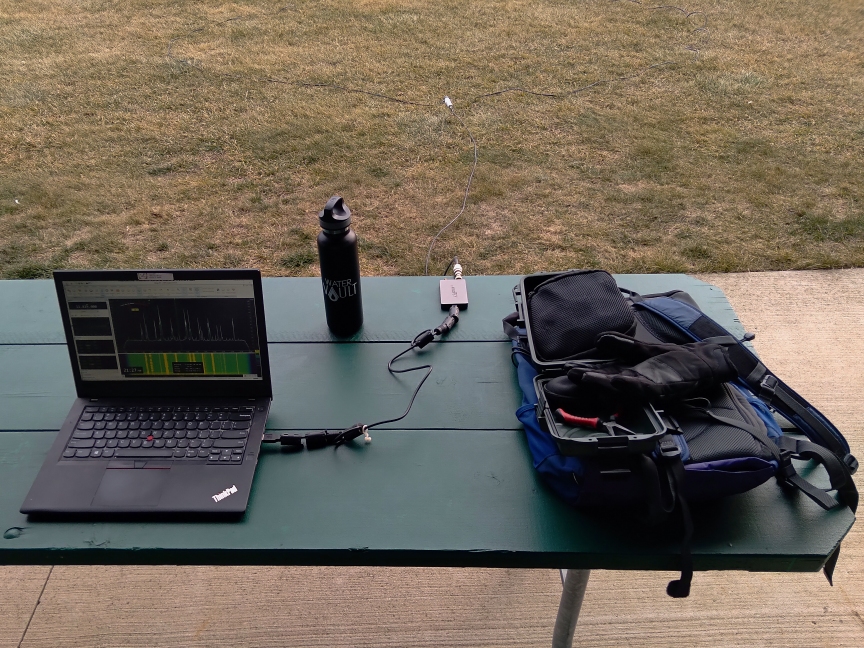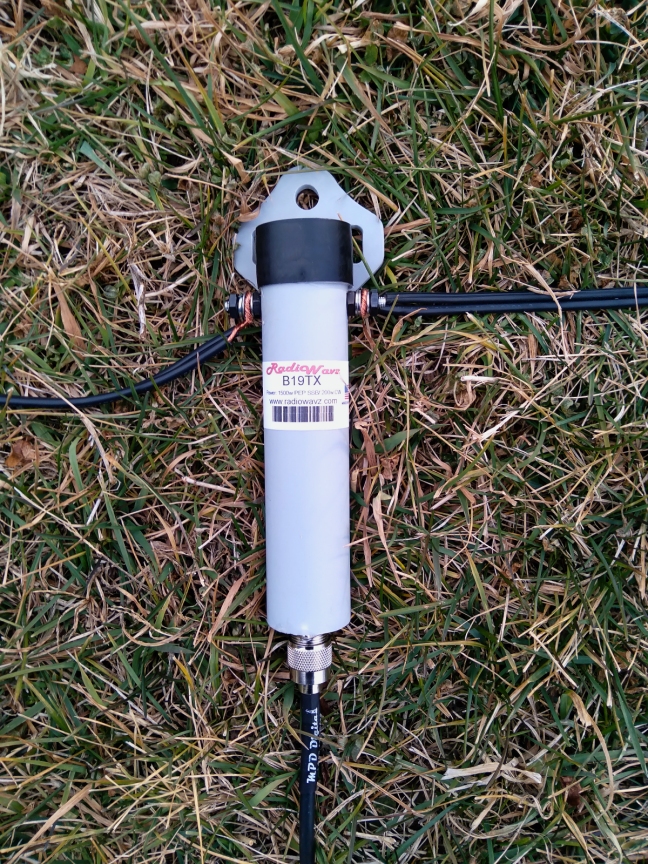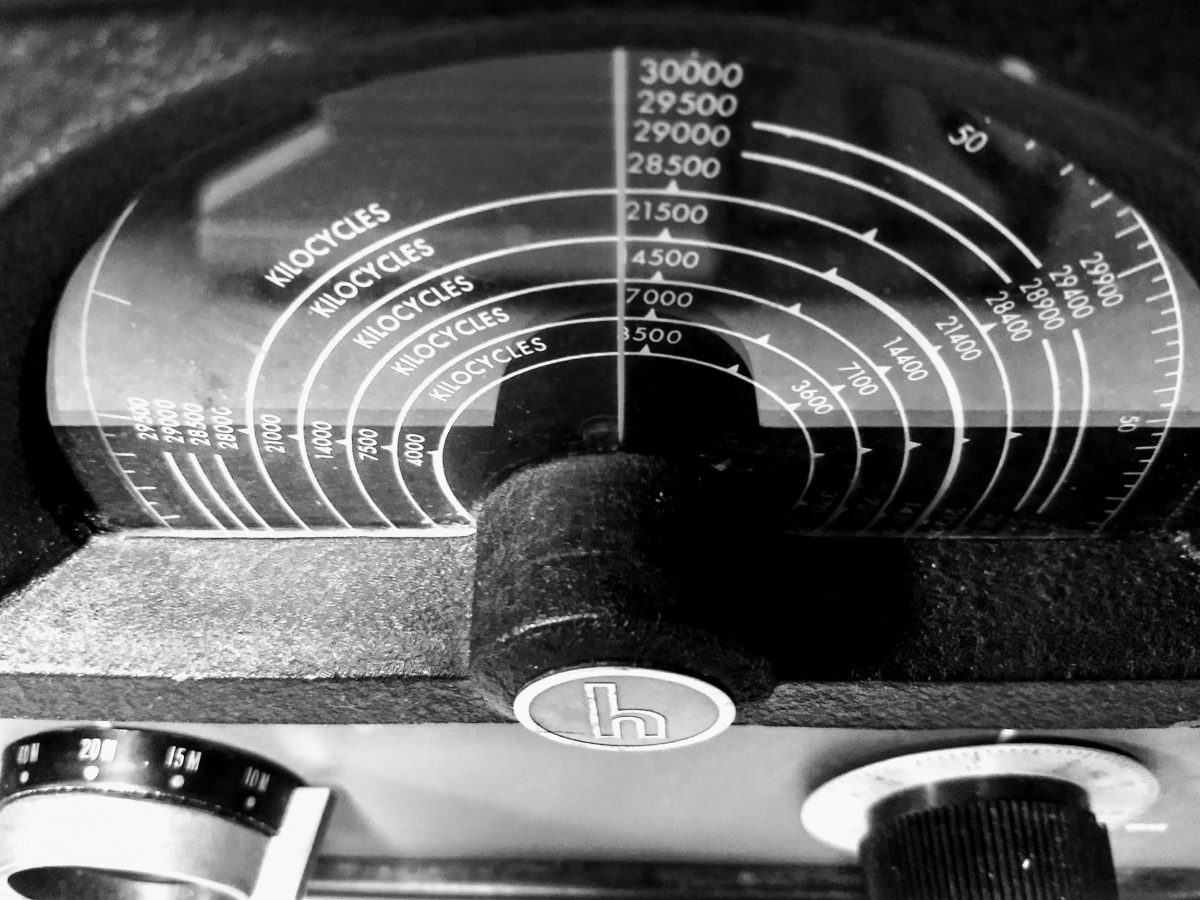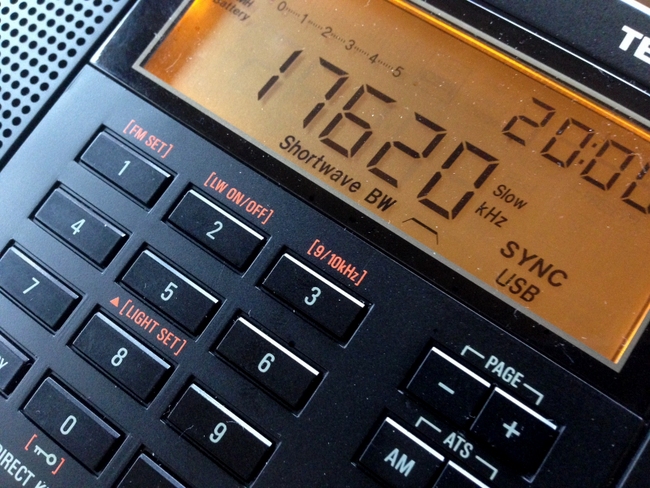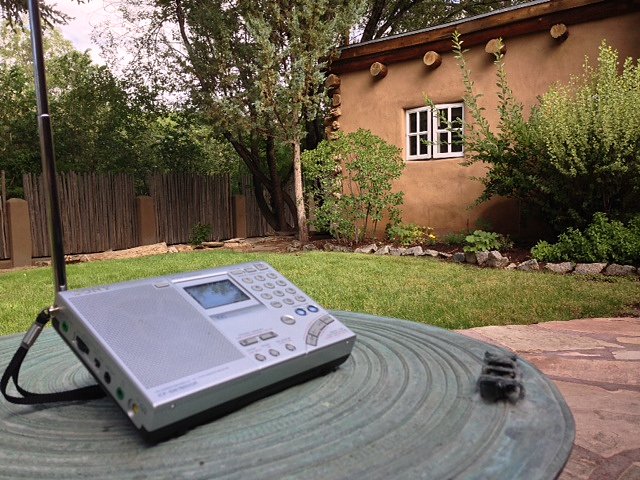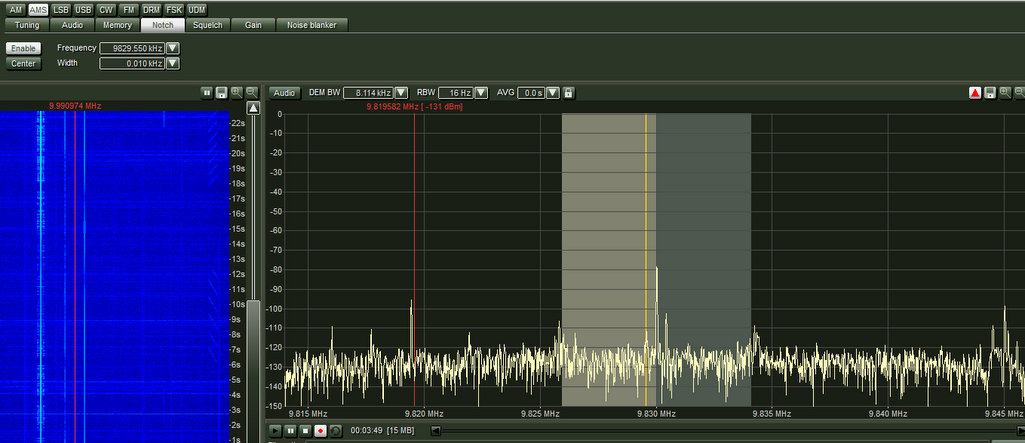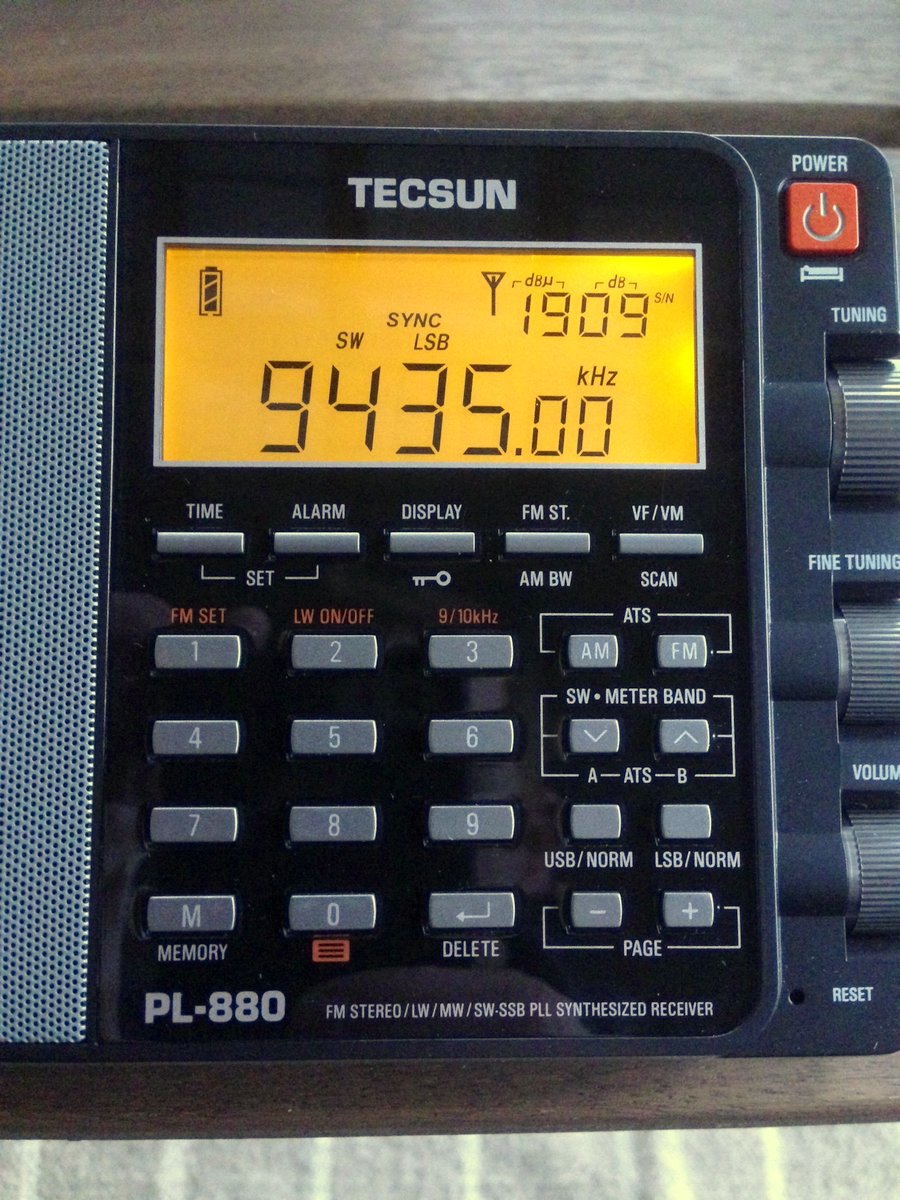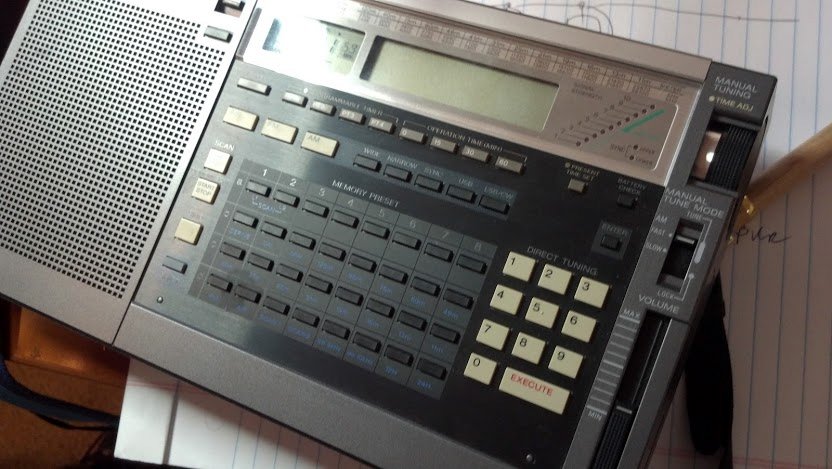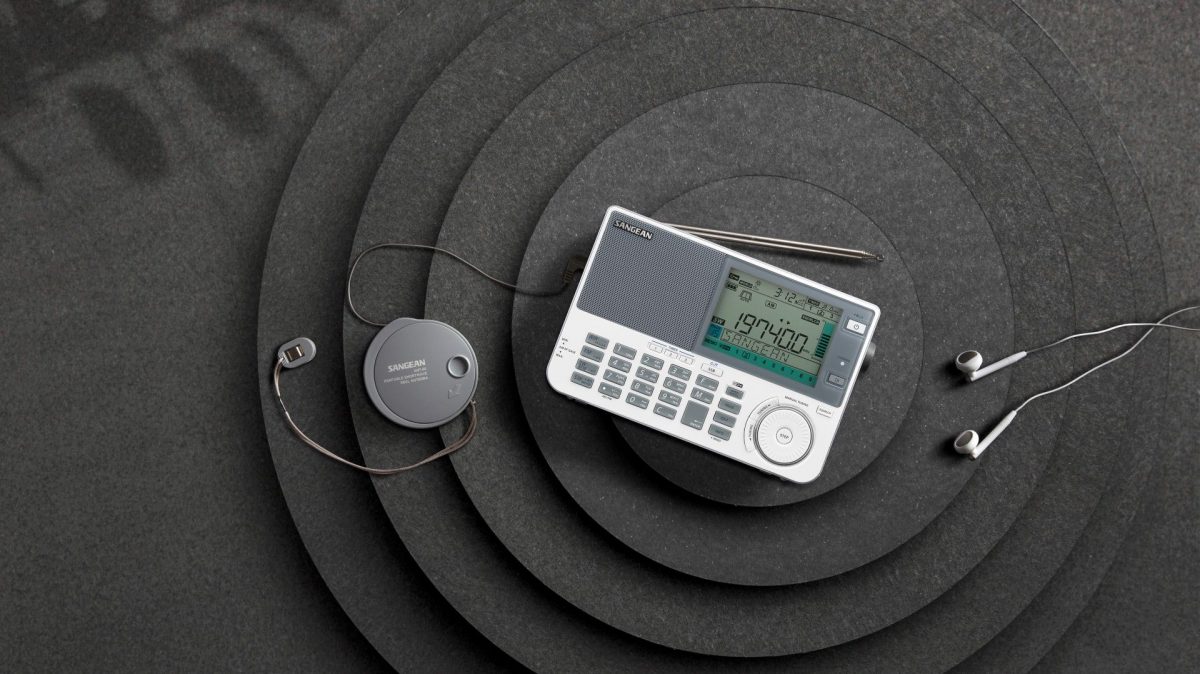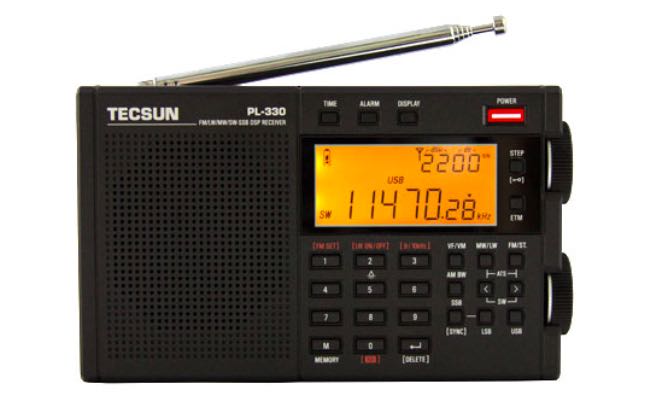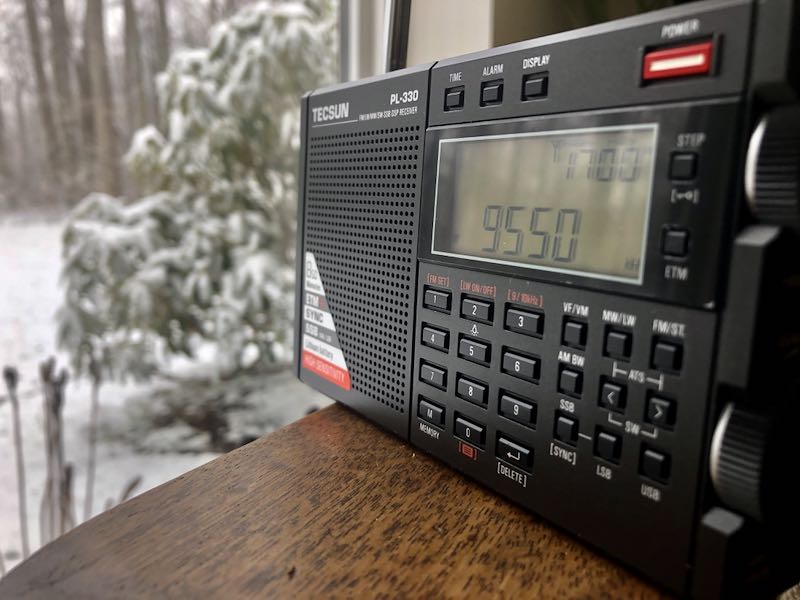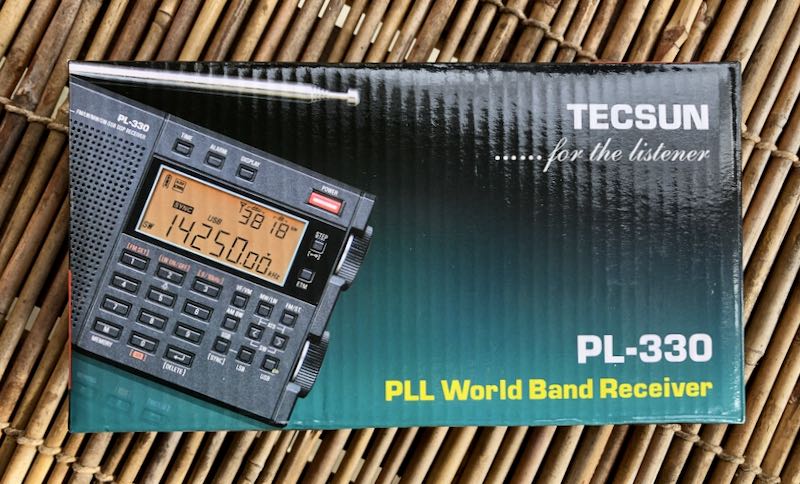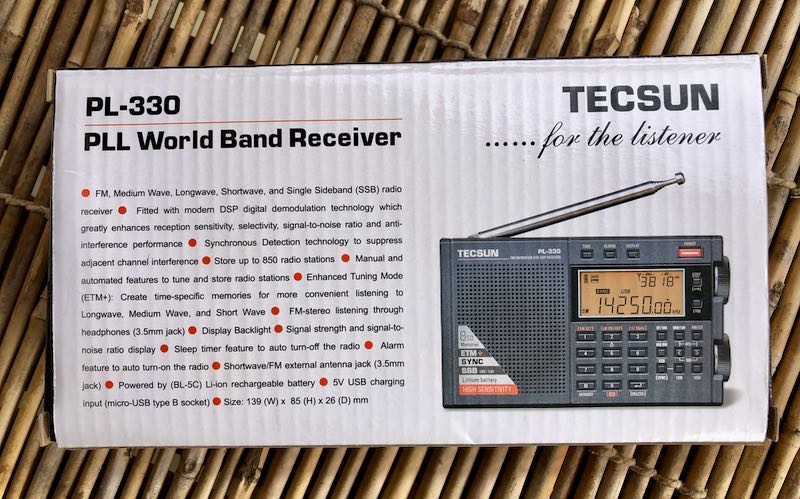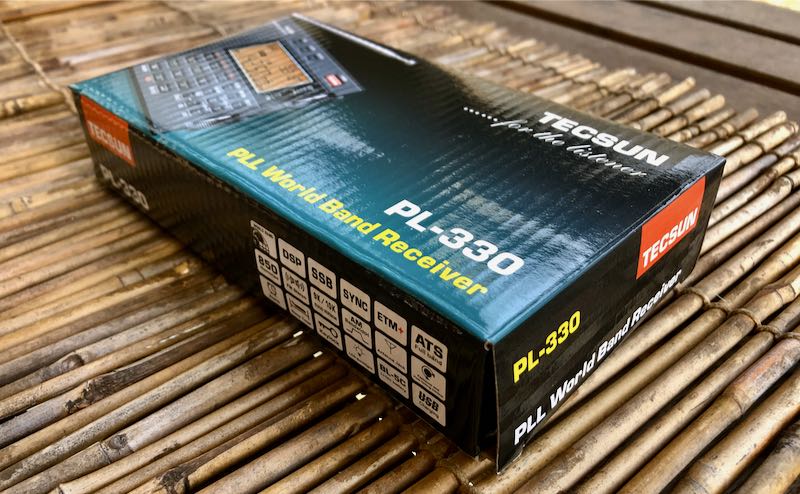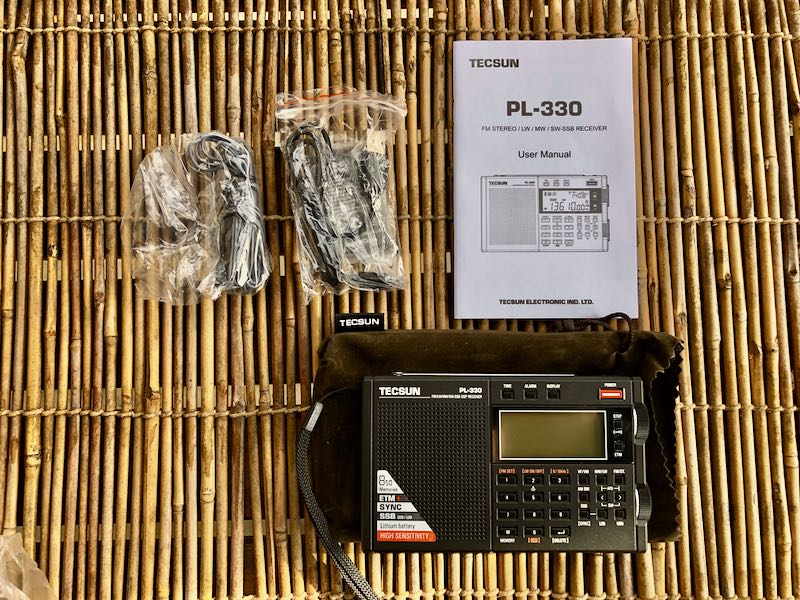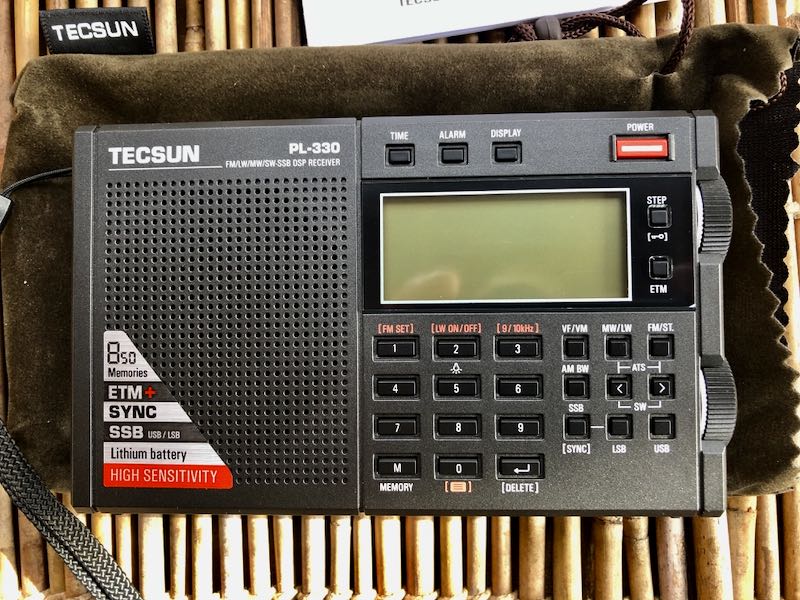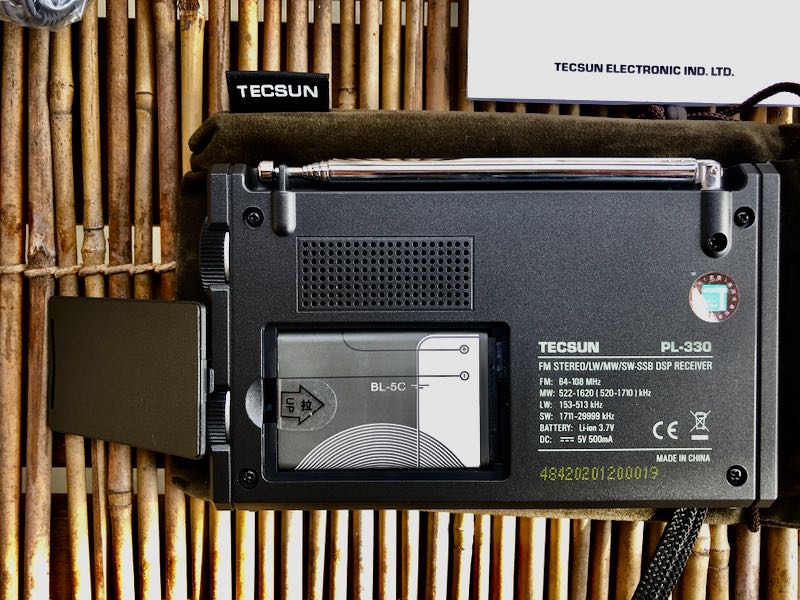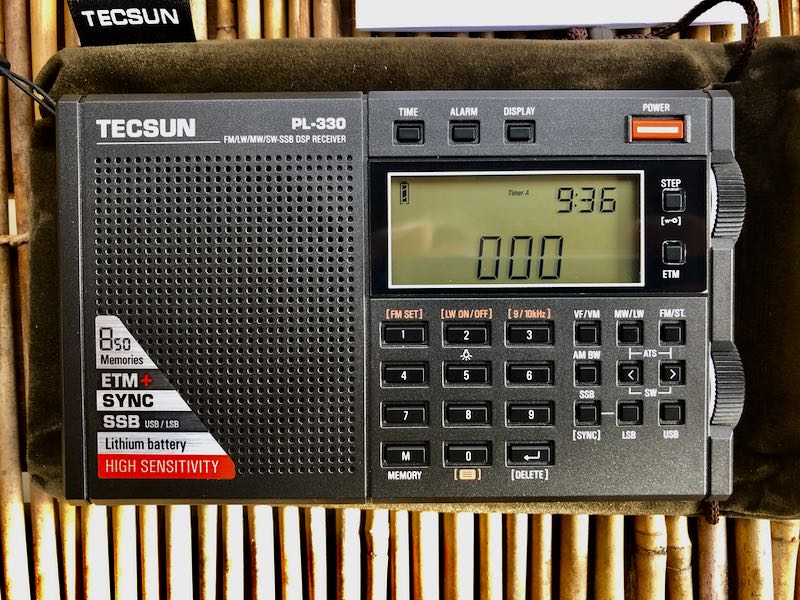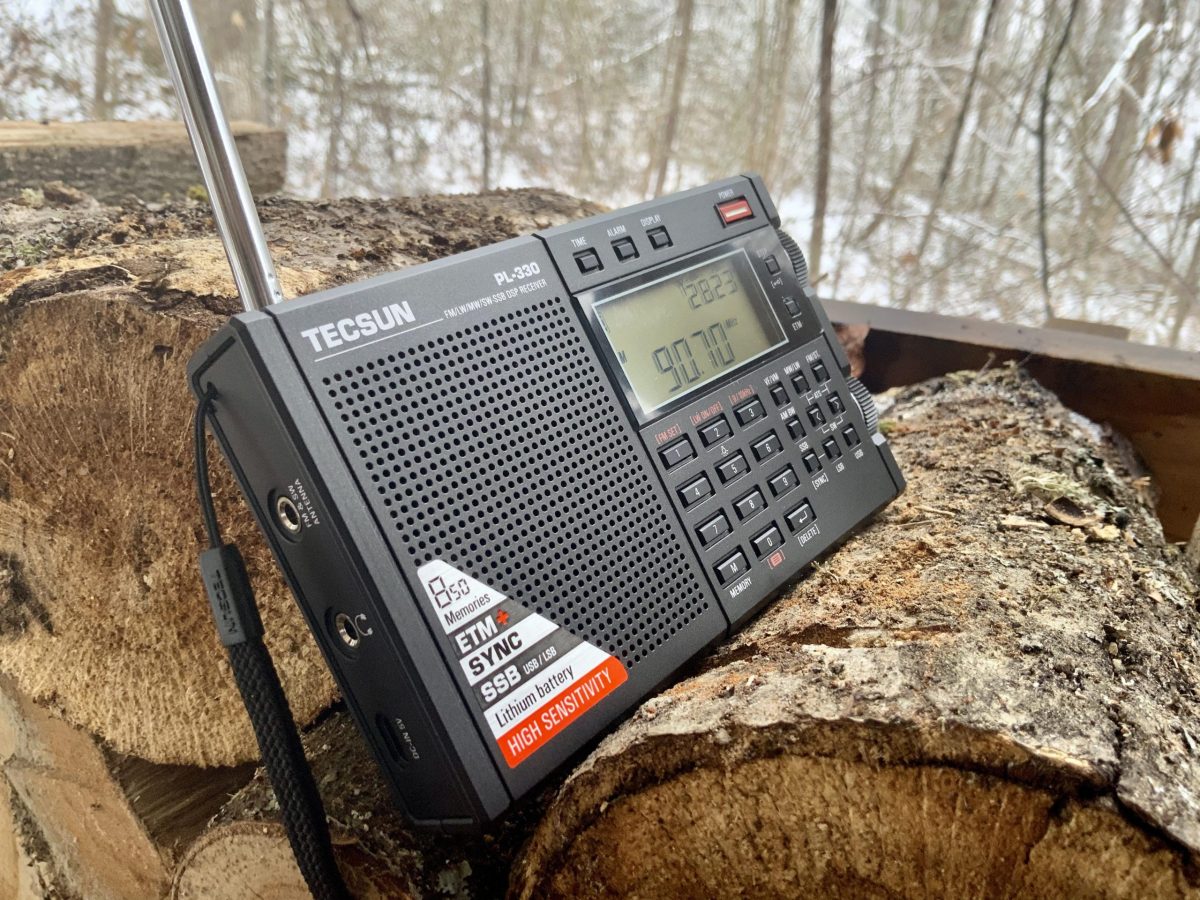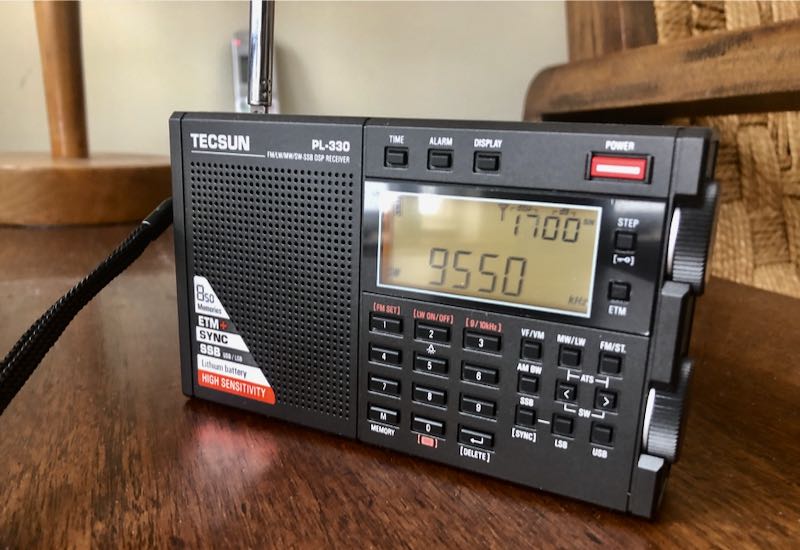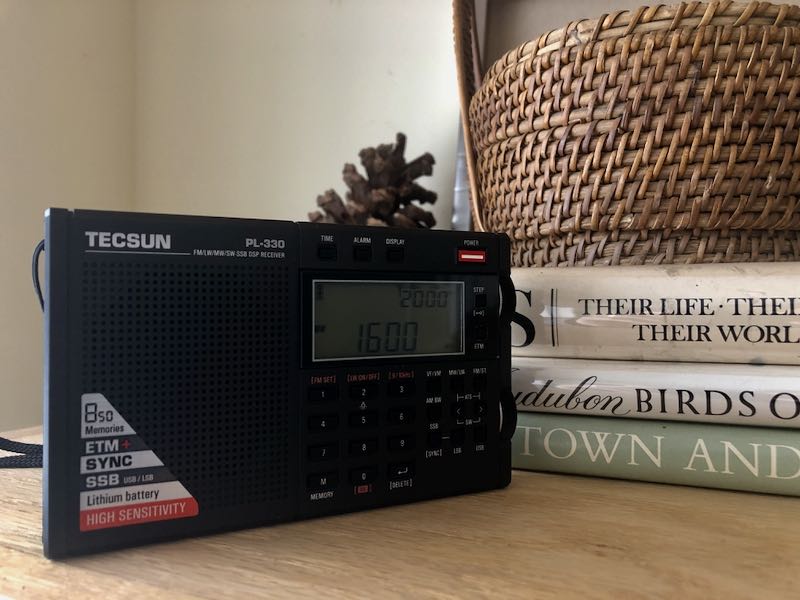Many thanks to SWLing Post contributor, TomL, who shares the following guest post:
Loop on Ground Part 2
My previous Loop on Ground (LoG) experiment was useful which entailed connecting my Wellbrook loop amplifier to a 100 foot loop of speaker wire in the field at my favorite local Forest Preserve. It really brought in stations I had never heard before or strong stations in a more powerful way that made the audio really pleasant to listen to. This report will describe more experiments with smaller wire loops to see what the limitations are. 100 feet of wire is quite a lot of wire to mess around with especially in the cold weather or public places that do not have as much private space.
I don’t understand all the electrical interrelationships but a long posting at RadioReference.com had a great discussion about creating a 160-20 meters LoG receive-only antenna. It is 11 pages long but is worth reading how “nanZor” experimented with various parameters for general use. Kudos to him for documenting the findings as the design changed over time. You can find it here:
https://forums.radioreference.com/threads/160-20m-log-loop-on-ground.370110/
nanZor basically boils it down to a few guidelines.
- Keep it on the ground. Lifting the wire more than an inch or two decreased the lower angle signal reception greatly.
- Calculate the optimal length for one full wavelength of wire at the highest target frequency, say for example, the top of the 20 meter band (14350 kHz). 936/14.350 MHz * 0.9 velocity factor of simple insulated wire = 58.7 feet. You can round up to 60 feet, no big deal since this is broadband. The antenna should have a predictable reception pattern from 1/10th wavelength up to 1 full wavelength. Outside that range, the pattern gets “squirrely”.
- Using a 9:1 balun seemed to be a little better than a 4:1 balun at the antenna feedpoint. This gets into things I cannot measure and has to do with rising impedance as a loop gets closer to ground level. I am not sure but I think my Wellbrook amp has a built in 4:1 balun and it seems to work just fine.
- Make sure to use an RF Choke at BOTH sides of the feedline coax cable. He was adamant that the loop can get easily unbalanced and allow noise into the antenna and/or feedline and so it must be isolated and the ground allowed to “float” in his words.
Personally, I also wanted to use less wire and happened to have a length of 42 feet of landscape wire which should work well below 5 MHz with the Wellbrook amp engaged. Results were not bad even though on hard frozen ground. Signal levels were down a little compared to the 100 foot of wire. Here are a couple of examples, first one in a fast food parking lot with a grass field next to it and second at the usual Forest Preserve parking lot on a grass field. I made sure that my car blocked the view of the wire so people would not get nervous!
La Voz Missionaria, Brazil:
Voice of Welt from Issoudun France in Kurdish:
These are not necessarily “DX” but definitely good for SWLing. I like the signal strength with the amplifier inline at the antenna feedpoint and I did not have to use an RF Choke at the receiver side as was suggested.
I had a 75 foot long insulated wire and used that at the Forest Preserve parking lot on a couple of different days. Lower frequency signal strength and signal/noise ratio improved a little bit to be noticeable.
US Air Force HFGCS “numbers” station. Remote controlled from Andrews or Grand Forks bases (https://en.wikipedia.org/wiki/High_Frequency_Global_Communications_System), there was no way for me to know which of the 6 transmitters it was coming from:
BBC from Tinang Philippines in Korean:
Then, as nanZor suggested in his postings, I purchased a 9:1 balun/RF choke (it has both a balun and an RF choke built-in) from Ham Radio Outlet and put that in place of the Wellbrook amplifier.
I have not worked with it, but it is reported that the Nooelec.com v2 model is cheaper and works just as well – https://swling.com/blog/2019/10/the-nooelec-balun-19-v2/
Examples below with the 42 foot loop and 9:1 balun/choke, no amplifier:
KSDA, Agat Guam in English
WB8U doing a POTA activation of Leavenworth State Fishing Lake
VOLMET weather, Shannon Ireland
HCJB Quito Ecuador, probably in Quechua
As a side note, there is a posting that mentions low-angle DX is better with regions that have better “ground conductivity”, salt water being the best. I have no way of verifying this. See post# 126 by KK5JY Matt.
So, bottom line is that a Loop on Ground can be useful for pleasant SWLing and portable. Best to use it on grass, not asphalt. The loop amplifier is useful to get signal levels up if you have to use a smaller loop size but the signal/noise ratio will suffer due to its smaller aperture. And, warning, the public will find a way to trip over the wire no matter where you set it up (I may try putting the wire around my car if I can park on a grass surface and/or use the gaudiest, brightest neon green or orange wire I can find – they can’t trip over THAT, can they?).
TomL
Thanks, Tom, for sharing your update. Obviously, the LoG is working brilliantly. It’s amazing that you got such clear reception from the parking lot of a fast food restaurant. If you were using a vertical instead, I bet signals would have been buried in the noise.
I can also relate to people tripping over antenna wires. I remember one POTA activation recently (the first activation in this three park run) where I intentionally laid my counterpoise on the ground, off a foot path, in the brush and where I couldn’t imagine anyone ever stepping. Ten minutes into the activation and for no reason, someone walked off the path, into the brush, and it snagged them. Maybe I’m just a Ninja level trapper and never realized it!?
Thanks again for sharing the results of your LoG, Tom. Inspiring!

